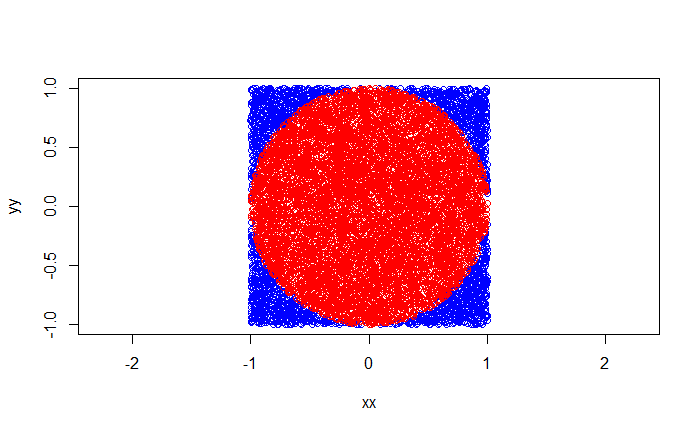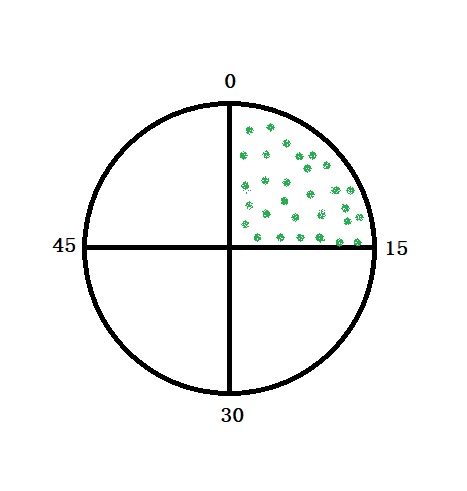Means of Getting Means
Finding the average of a set of values (of samples) is something we all know. Annie has 50 dollars, Becky has 30, and Carol has 10. What is the average amount of money they hold? You sum the numbers and divide by the number of sums, i.e., (50+30+10)/3 = 90/3 = 30. This is mean, but more specifically, the arithmetic mean.
![]()
Now look at this: I have invested 100 dollars in the market. It gave 10% in the first year, 20% in the second, and 30% in the third. What is the average annualised rate of return? The first instinct is to take the arithmetic mean of the three numbers and report it as 20%. Well, is that correct? Let’s check.
Money at the end of year 1 = 100 x (1.1) = 110
Money at the end of year 2 = 110 x (1.2) = 132
Money at the end of year 3 = 132 x (1.3) = 171.6
Now, let’s calculate the final amount using the proposed mean, i.e., 20%. The calculation led to 100x(1.2)3 = 172.8; not quite the same!
Here, we estimate the geometric mean by multiplying the returns and taking the cube root. Mean = [(1.1)x(1.2)x(1.3)]1/3 = 1.7163 = 1.197216; the average return is 0.1972 or 19.72%.
The average return using the new (geometric) mean is 100x(1.197216)3 = 171.6.
![]()
Abby ran the first lap at 10 km/hr speed and the second at 12 km/hr. What is Abby’s average speed? The answer is neither (10+12)/2 nor (10×12)1/2. It is 2/(1/10 + 1/12) = 10.9. It is known as the harmonic mean and is given by:
![]()
Means of Getting Means Read More »





